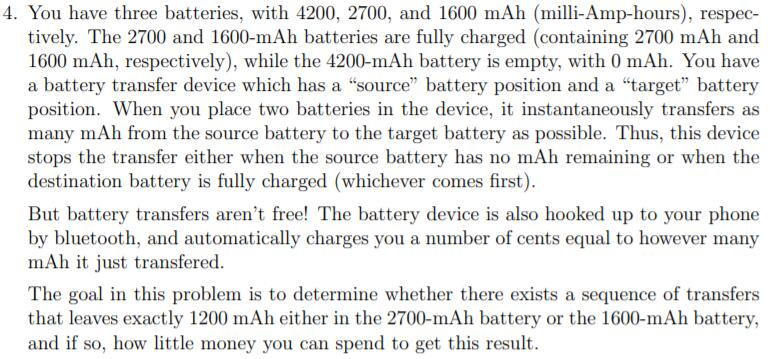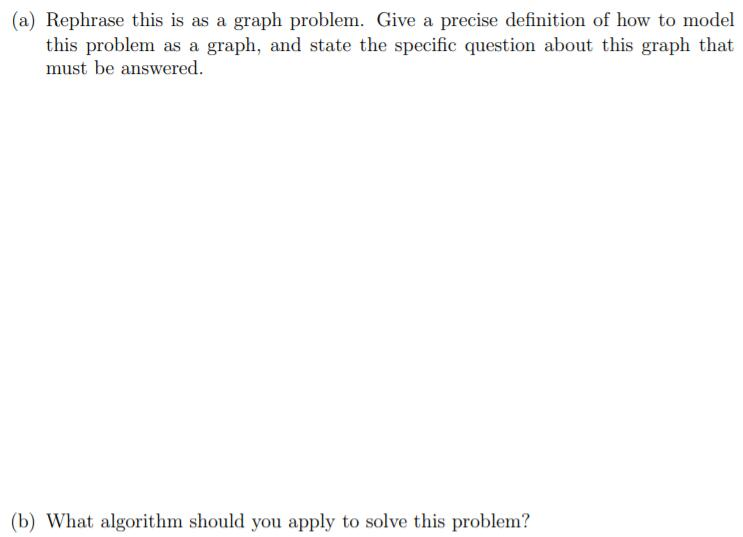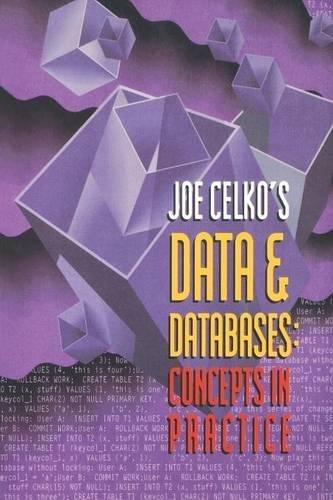4. You have three batteries, with 4200, 2700, and 1600 mAh (milli-Amp-hours), respectively. The 2700 and 1600-mAh batteries are fully charged (containing 2700 mAh and 1600 mAh, respectively), while the 4200-mAh battery is empty, with 0 mAh. You have a battery transfer device which has a source battery position and a target battery position. When you place two batteries in the device, it instantaneously transfers as many mAh from the source battery to the target battery as possible. Thus, this device stops the transfer either when the source battery has no mAh remaining or when the destination battery is fully charged (whichever comes first). But battery transfers arent free! The battery device is also hooked up to your phone by bluetooth, and automatically charges you a number of cents equal to however many mAh it just transfered. The goal in this problem is to determine whether there exists a sequence of transfers that leaves exactly 1200 mAh either in the 2700-mAh battery or the 1600-mAh battery, and if so, how little money you can spend to get this result.
(a) Rephrase this is as a graph problem. Give a precise definition of how to model this problem as a graph, and state the specific question about this graph that must be answered.
(b) What algorithm should you apply to solve this problem?
(c) Apply that algorithm to the question. Report and justify your answerboth the sequence of steps and the total cost. To justify your answer here likely means you will have to detail the steps the algorithm takes.



4. You have three batteries, with 4200, 2700, and 1600 mAh (milli-Amp-hours), respec- tively. The 2700 and 1600-mAh batteries are fully charged (containing 2700 mAh and 1600 mAh, respectively), while the 4200-mAh battery is empty, with 0 mAh. You have a battery transfer device which has a "source" battery position and a "target" battery position. When you place two batteries in the device, it instantaneously transfers as many mAh from the source battery to the target battery as possible. Thus, this device stops the transfer either when the source battery has no mAh remaining or when the destination battery is fully charged (whichever comes first). But battery transfers aren't free! The battery device is also hooked up to your phone by bluetooth, and automatically charges you a number of cents equal to however many mAh it just transfered. The goal in this problem is to determine whether there exists a sequence of transfers that leaves exactly 1200 mAh either in the 2700-mAh battery or the 1600-mAh battery, and if so, how little money you can spend to get this result. (a) Rephrase this is as a graph problem. Give a precise definition of how to model this problem as a graph, and state the specific question about this graph that must be answered. (b) What algorithm should you apply to solve this problem? (c) Apply that algorithm to the question. Report and justify your answer-both the sequence of steps and the total cost. To justify your answer here likely means you will have to detail the steps the algorithm takes. 4. You have three batteries, with 4200, 2700, and 1600 mAh (milli-Amp-hours), respec- tively. The 2700 and 1600-mAh batteries are fully charged (containing 2700 mAh and 1600 mAh, respectively), while the 4200-mAh battery is empty, with 0 mAh. You have a battery transfer device which has a "source" battery position and a "target" battery position. When you place two batteries in the device, it instantaneously transfers as many mAh from the source battery to the target battery as possible. Thus, this device stops the transfer either when the source battery has no mAh remaining or when the destination battery is fully charged (whichever comes first). But battery transfers aren't free! The battery device is also hooked up to your phone by bluetooth, and automatically charges you a number of cents equal to however many mAh it just transfered. The goal in this problem is to determine whether there exists a sequence of transfers that leaves exactly 1200 mAh either in the 2700-mAh battery or the 1600-mAh battery, and if so, how little money you can spend to get this result. (a) Rephrase this is as a graph problem. Give a precise definition of how to model this problem as a graph, and state the specific question about this graph that must be answered. (b) What algorithm should you apply to solve this problem? (c) Apply that algorithm to the question. Report and justify your answer-both the sequence of steps and the total cost. To justify your answer here likely means you will have to detail the steps the algorithm takes









